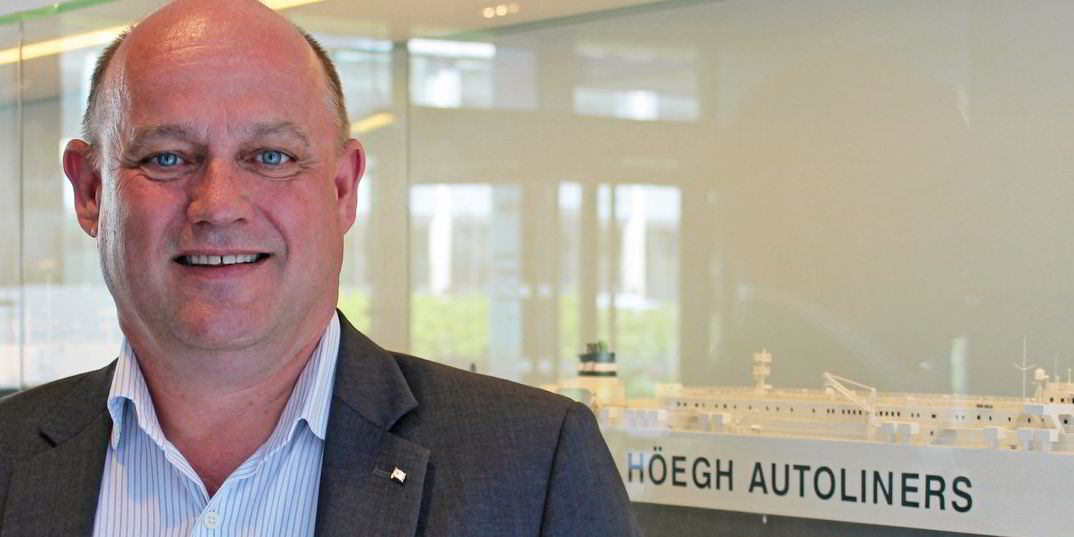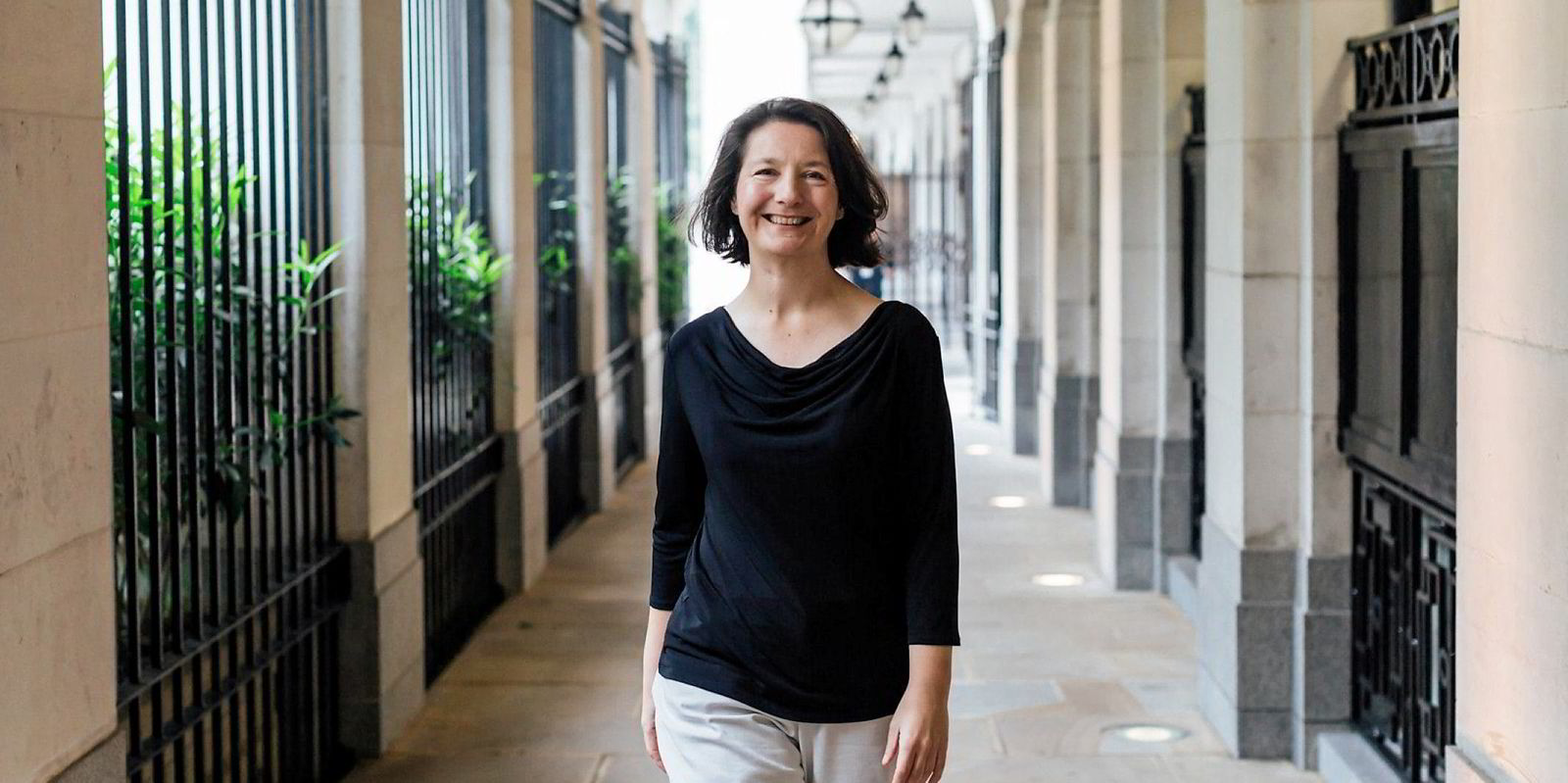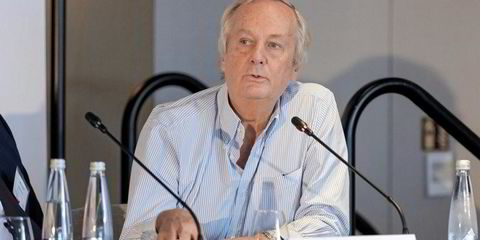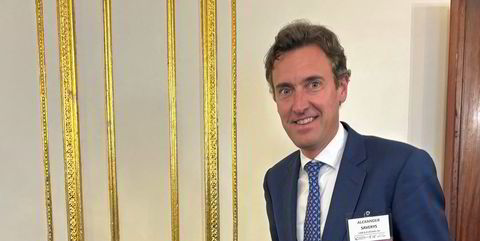Norway's Ulstein Group aims to develop a new containership that will use non-fossil fuels.
The shipbuilder and designer is teaming up with domestic shipping decarbonisation start-up Edge Navigation for the project, which will also see Ulstein's streamline X-Bow hull used.
The aim is to move towards zero emissions for liner operations.
Edge is planning for its new designs to enter the water in 2025.
"An energy efficient design is fundamental to all new containership designs," said Jakob Tolstrup-Moller, Edge's managing director and chief executive.
"Energy efficiency will be a key component to making the energy transition happen and with Ulstein we have a partner with a strong track record for innovative designs, including their proven X-Bow solution."
The X-Bow was introduced in 2005 for offshore support vessels and has since been used for more than 100 ships.
The inverted bow concept features a tapered fore shape with different volume distribution and angles, resulting in a wave-piercing effect at small wave heights.
The bow also reduces pitching and bow impact loads in bigger seas.
Less power needed
The companies believe less power will be needed per container under a wider range of operating scenarios due to the X-Bow, easing the transition to green bunkers.
"This assignment is an ideal project for Ulstein," said Lars Stale Skoge, commercial director at Ulstein Design & Solutions.
"One of our core values is sustainable growth, and in this project, we develop further the design of container vessels."
Tolstrup-Moller is a former head of containers at Zodiac Maritime and global head of containers at Clarksons Platou Securities.
"There are still a number of outstanding issues to be solved but [the] ambition is to see ships on the water by latest 2025," he told TradeWinds.
"We are analysing a range of trading-routes to identify the optimal size/trade for early adoption of non-fossil propulsion in containerships."
The companies are keeping on open mind on which green fuels to use, Tolstrup-Moller said.
He and Skoge first engaged in talks about X-Bow container vessels more than 10 years ago.
"We did an OSV project together in 2010 and started then to discuss Ulstein's X-Bow for containerships in order to gain efficiency on a wider range of operating scenarios," the Edge boss said.
"The energy transition will force a paradigm shift in the maritime industry as shippers ... look to eliminate emissions," he added.
Adaptation and combination
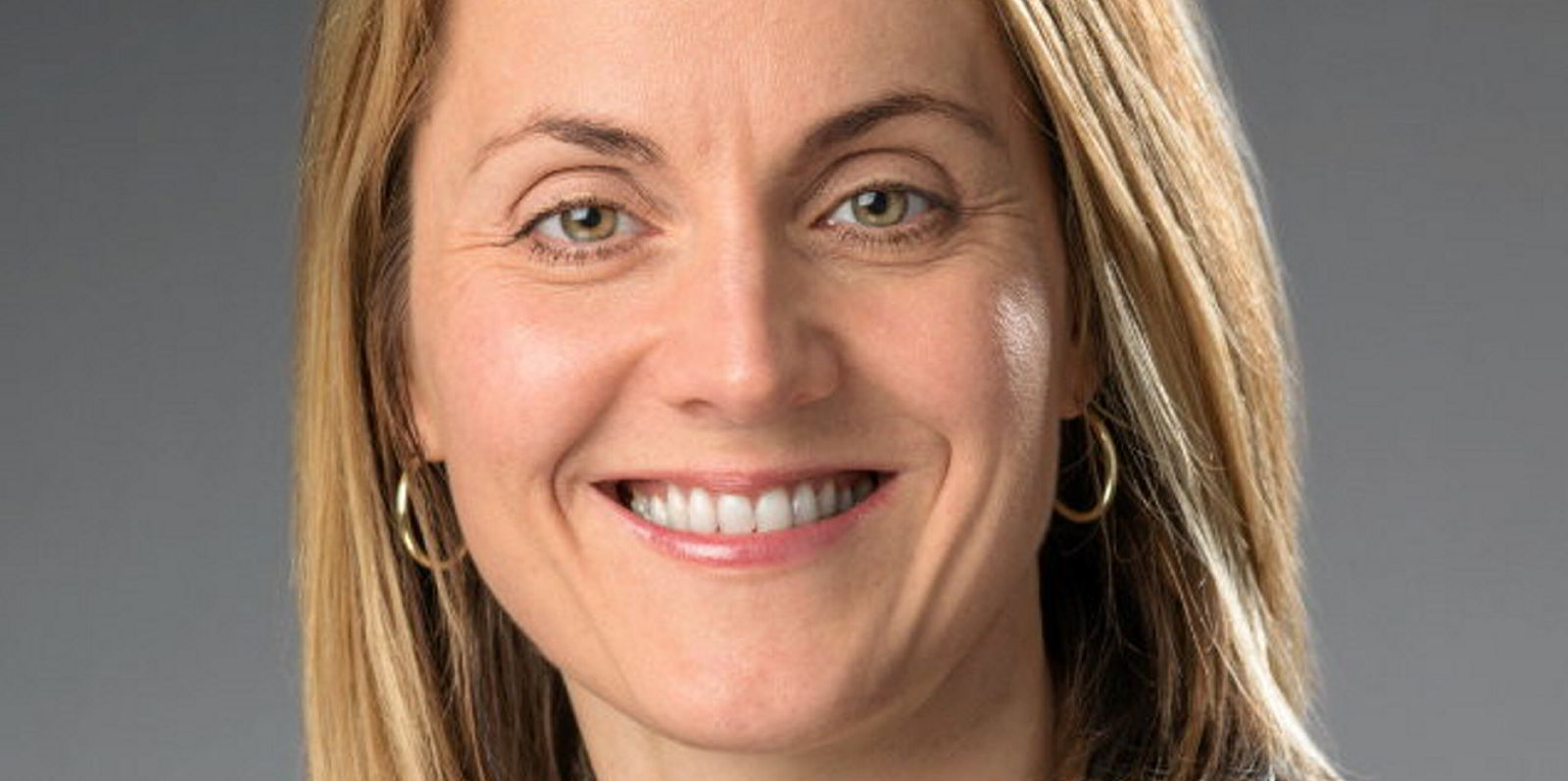
"Consequently, we need to innovate by adapting and combining technology towards achieving zero-emission powering."
The chief executive added that, given the paramount need to provide for efficient use of energy, the X-Bow is an optimal design solution.
Last year, the controlling Ulstein family completed its move away from the operational side of the business to focus on its future direction.
Gunvor Ulstein stepped down after 22 years as CEO and handed over the reins to chief financial officer Cathrine Marti.
Gunvor Ulstein is the granddaughter of founder Martin Ulstein. Her brother Tore Ulstein is chairman of the board.
The siblings will now work together on "longer-term possibilities" for the group.
Ulstein Group's main facility is Ulstein Verft.

